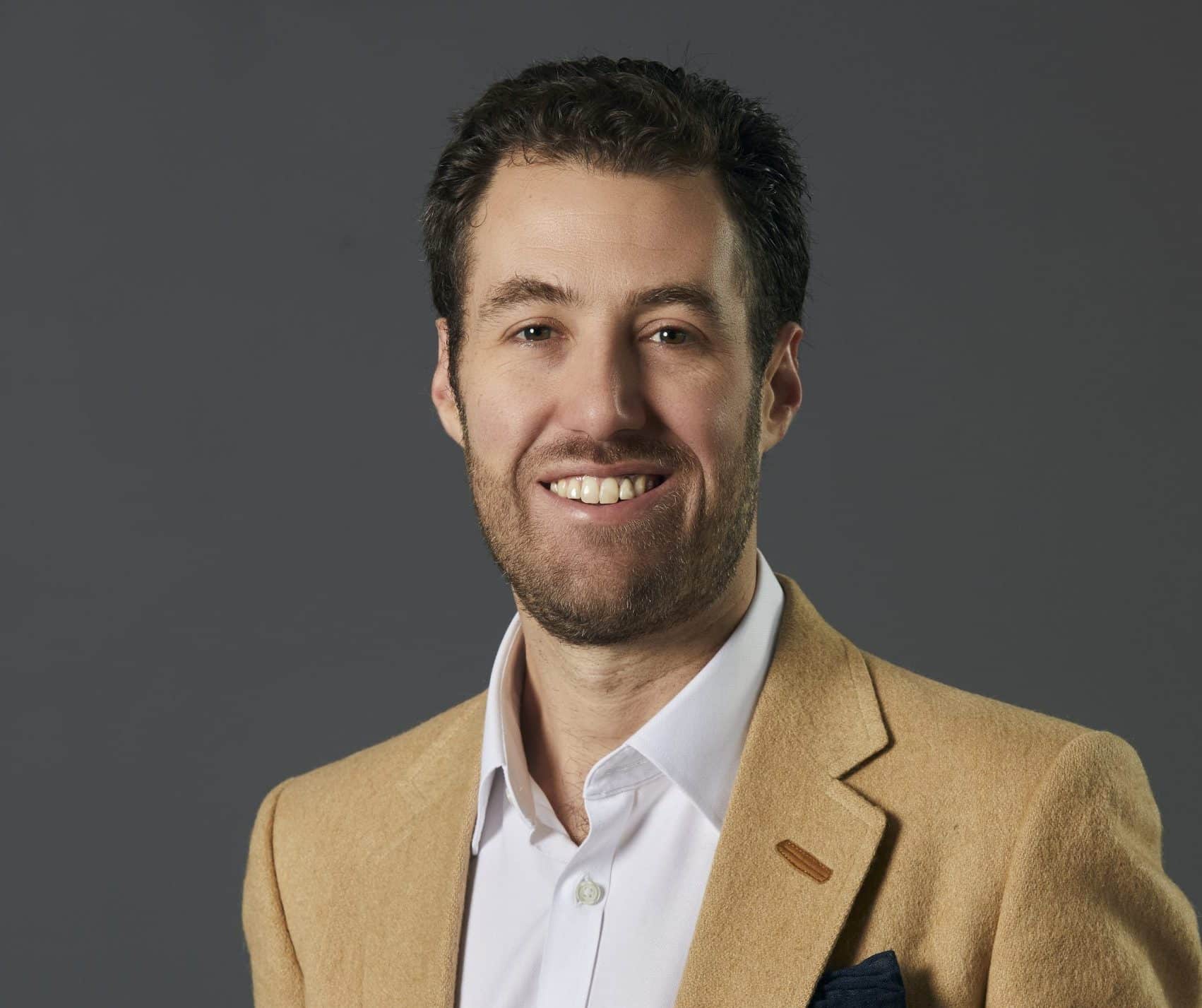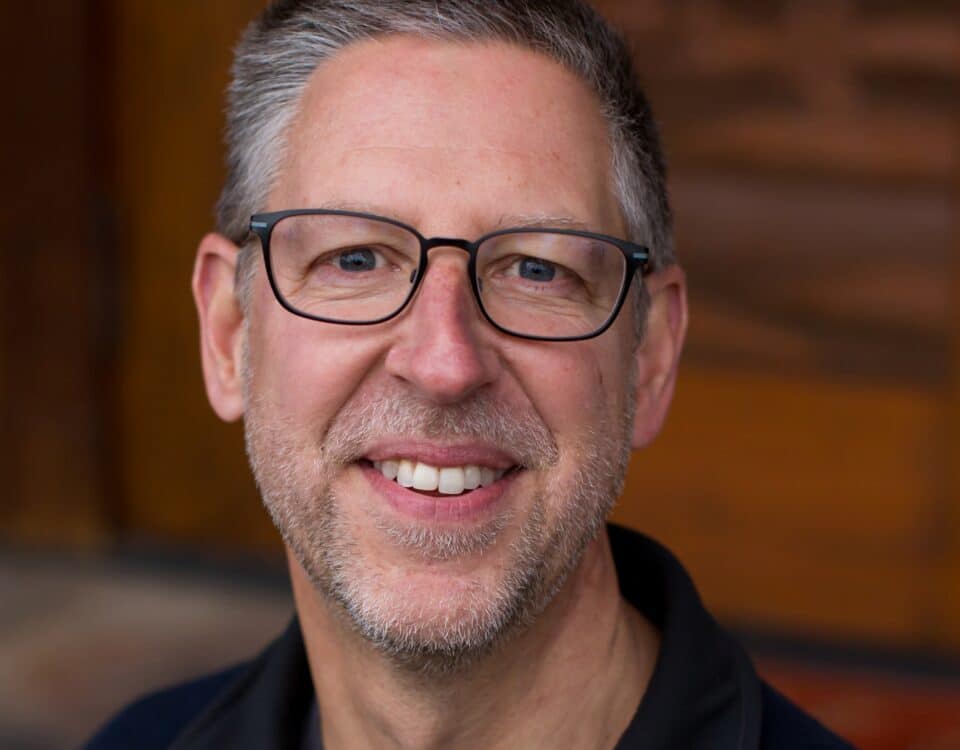81% of middle-market companies looking for M&A, says survey
March 2, 2023
How a compliance firm is speeding its growth with an acquisitions strategy
March 16, 2023By Verne Harnish
Stephen Kearley has done 12 acquisitions in 10 years as CEO of insurance firm Benson Kearley, IFG Mississauga, Ontario, Canada—growing the company from $6M to $160 million in sales and about 98 employees—and he’s just getting started.
He credits both the Scaling Up platform and the Birthing of Giants (BOG) program, which he participated in with me at Massachusetts Institute of Technology when the company was at $6 million in annual revenue: “When I’m asked what the biggest benefit of BOG was, I have a pretty simple answer: ‘I felt like I was given permission to think bigger and the tools to do it,’” he says.
Kearley started out in his company in 1985, joining what was then called Bruce Benson Insurance Brokers as a producer. He purchased the firm from Benson in 1991 and focused on growing what became known as Benson Kearley. At that time, the firm had $3 million in annual revenue, and he soon grew revenue by 25% through organic growth. “Then I realized how difficult it was at $4 million to continue to grow organically,” he says. “I started exploring the acquisition market.”
The company’s first deal was the acquisition of what was then called Gunn Insurance in the early 90s. That allowed the company to grow from $4 million to $6 million in annual revenue. He attended the BOG program I was then running through Entrepreneurs’ Organization, the organization I founded. “That’s where the magic comes in,” says Kearley.
“I joined BOG thinking if I can get this thing to $10 million, it will throw off nice revenue and a good profit stream, and I’ll be on easy street,” says Kearley. “I went to BOG listening to Brian Scudamore talk about driving his business to $1 billion. Right away I realized I was thinking too small. It almost felt to me like BOG gave me permission to think bigger, be more ambitious, get more aggressive. I came out of first year BOG, retooled my business plan, and said, ‘Right now, I have to focus on acquisitions.”
Getting serious about due diligence
But Kearley saw also that acquisitions were not just going to fall into his lap. He hired a chief operating officer to manage the business to free his time to look for targets that would help him win clients and grow revenue. “I realized that was going to be the key—I was the bottleneck,” he says.
As he embarked on his hunt for acquisitions, Kearley saw that the work he was doing was a sales process. “It was no different from a salesman having a prospect and working building relationships – taking opportunities to spend time and chat,” he says. “That is where I realized what I need to do. In my early days, my focus was simply to get revenue.”
Strategic focus
The company’s acquisitions strategy evolved over the years, to one that is primarily strategic and focused on acquiring talent, technology and access to new niches. Kearley’s most recent, $40 million deal, closed in July, enabled the company to expand into a new niche. His overriding question is, “What does the organization bring to the table that we don’t have now?”
Creative financing
Kearley realized after his first couple of deals that being in the insurance industry was an advantage when it came to financing. “There was an opportunity to tap into insurance companies—basically, my suppliers,” he says. “They were sitting on a ton of cash. The insurance companies are sitting on all these reserves they have set aside for future clients. They want to invest them in a fairly low-risk vehicle.”
He began securing loans through the insurance companies. Though the interest rates is not necessarily lower than a bank loan, there are not as many restrictive covenants. “I literally have banks knocking on my door looking to provide me with financing,” says Kearley. “We turn them down because it’s been so easy to work with my suppliers to provide the financing versus traditional banking.”
Building a strong culture
Benson Kearley integrates each acquisition into its culture “asap,” says Kearley. The company began using Scaling Up after the BOG program, which has helped in building a unified culture. “That was the backbone of our management meetings and we developed it,” says Kearley. The leadership team used the One-Page Strategic Plan to keep them on track.
Many new team members are happy about becoming part of the larger firm. Some are drawn by the company’s generous compensation package. Benson Kearley offers generous health and dental coverage, with 100% payment of premiums for group benefits. Many are also happy there are more opportunities to grow within the larger organization than they had in their original companies.
“That’s another good reason to grow and scale: You create so many more opportunities for employees to grow into management roles and leadership,” says Kearley. “If you are a smaller organization, there are only so many place to grow.”



